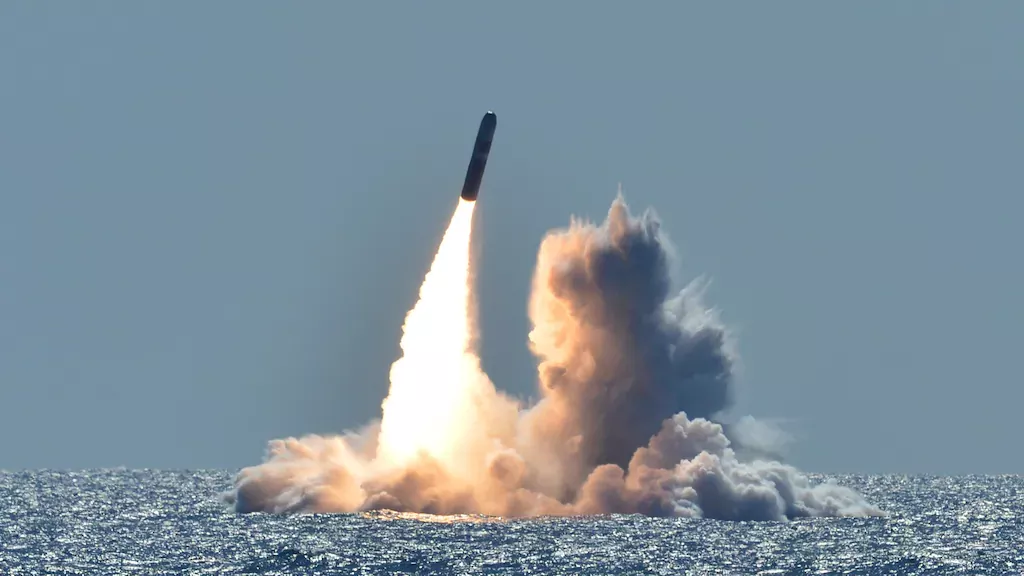美國海軍加速推進三大核武系統現代化,強化戰略威懾能力

(1st Class Ronald Gutridge/Navy)
美國海軍戰略系統計劃(Strategic Systems Program)負責人約翰尼·沃爾夫(Vice Admiral Johnny Wolfe)近期在眾議院軍事委員會作證時表示,海軍正加速推進三項關鍵核武系統的現代化與發展,包括:
- 三叉戟II D5戰略武器系統(Trident II D5 Strategic Weapons System)
- 高超音速武器系統(Hypersonic Weapons System)
- 海基核巡航導彈(SLCM-N)
沃爾夫指出,這些系統的升級對於維持美國在面對不斷演變的威脅時的戰略優勢至關重要,並強調需要加大對研發、關鍵技能人才培養以及核武系統生產與維護設施的投資。
🔑 三大重點觀察
- 三叉戟II D5系統升級
作為美國核三位一體中最具生存能力的部分,三叉戟II D5系統的升級將進一步鞏固其在戰略威懾中的核心地位。 - 高超音速武器的快速發展
海軍與陸軍合作開發的高超音速武器系統,旨在提升快速打擊能力,應對新興威脅。 - 海基核巡航導彈(SLCM-N)的部署計劃
預計於2035年部署的SLCM-N,將為決策者提供更多戰略選項,加強地區性威懾能力。
📍 地理位置標示
-
美國國會大廈(U.S. Capitol Building)
- 緯度:38.8899
- 經度:-77.0091
US Navy Accelerates Modernization of Key Nuclear Systems to Maintain Strategic Edge
Vice Admiral Johnny Wolfe, head of the U.S. Navy’s Strategic Systems Program, testified before the House Armed Services Committee that the Navy is fast-tracking the modernization of three critical nuclear weapon systems. These include:
- Trident II D5 Strategic Weapons System
A crucial part of the U.S. nuclear triad, the D5 upgrade enhances precision and survivability for submarine-launched deterrence. - Hypersonic Weapons System
Co-developed with the U.S. Army, this system aims to ensure rapid strike capabilities and overcome future defenses. - Sea-Launched Cruise Missile – Nuclear (SLCM-N)
Expected to be operational by 2035, this weapon offers policymakers increased flexibility in regional deterrence scenarios.
Wolfe emphasized the need for investment not only in technology development but also in workforce training and modernization of facilities to sustain these efforts. The FY2026 defense budget discussions will be critical in determining the pace and scale of these projects.
Key Takeaways
- Trident II D5 Enhancements Reinforce Strategic Deterrence
The system remains the most survivable nuclear delivery method. - Hypersonic Arms Race Intensifies
With China and Russia investing heavily, a new era of nuclear posturing may emerge. - SLCM-N Shows Strategic Flexibility Shift
The missile offers more options in limited nuclear conflict scenarios.

回應文章建議規則: